Caracas of my loves
My hometown, Caracas of my loves, is named after the aboriginal tribe Caracas, is the capital of Venezuela with an area of 433 km and a population of almost 3,500,000 inhabitants, with a privileged climate, with a temperature ranging from 19 ° to 23 °, rainy summers and winters of low rainfall. Caracas, without being a port, is a city in the Caribbean and South America due to its geographical location.
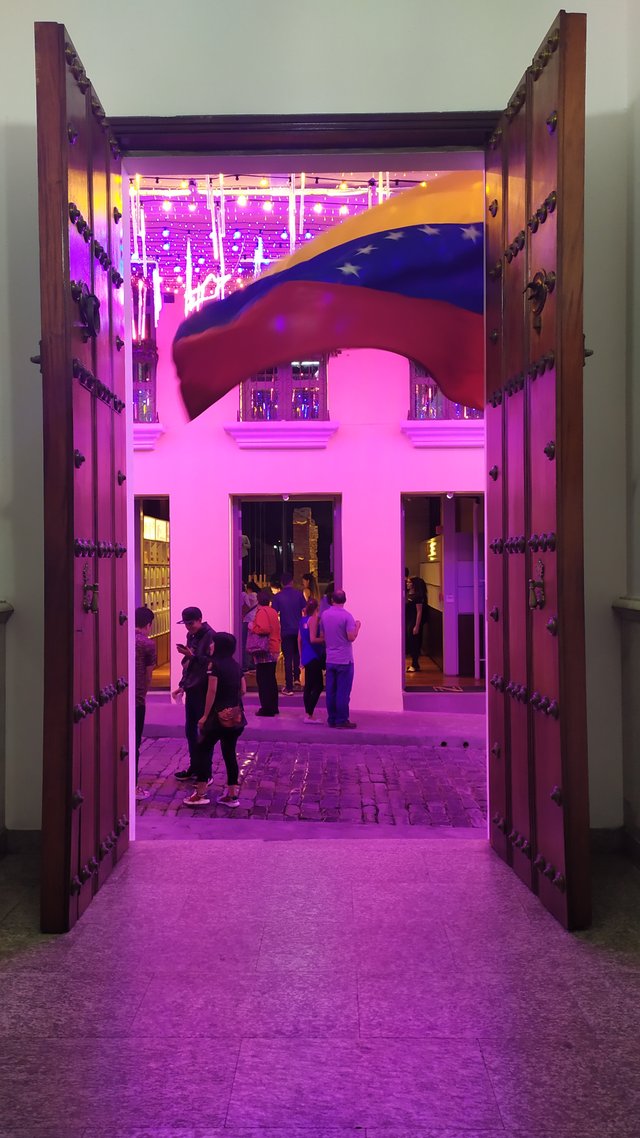
It is located in a beautiful valley and separated from the sea by the Waraira Repano, a name of indigenous origin that means big mountain range, it is also known as the Avila hill, a beautiful mountain range that surrounds the city and in its times defended it from corsairs and pirates.
In the fifteenth century the invasion of the Spanish empire arrives at the Venezuelan coast, the colonization begins by other regions, it was until 1558 that the colonization advances to the valley of Caracas, this was territory led by the great warrior Guaicaipuro, Chief of the tribe Caracas, the Spaniards initiate a war against the native natives to take possession of the territory of Caracas, They bravely defended their home from the Spaniards, who did not find the battle easy, as Guaicaipuro had a long stretch of dominance, stretching from the coasts now called the Caracas, through the extensive valley of Caracas, to part of the Mirandina highlands.
Guaicaipuro answered the war cry and fought against the Spaniards who invaded, enslaving and killing our native Indians. He, who was a strategist, created an alliance with other caciques from nearby territories among them were the Caciques Baruta, Chacao, Guaica, Chicuramay, Macuto, Naiguatá, Aramaipuro, Tamanaco, Paramaconi, Terepaima, for years they managed to come out victorious in the battles.
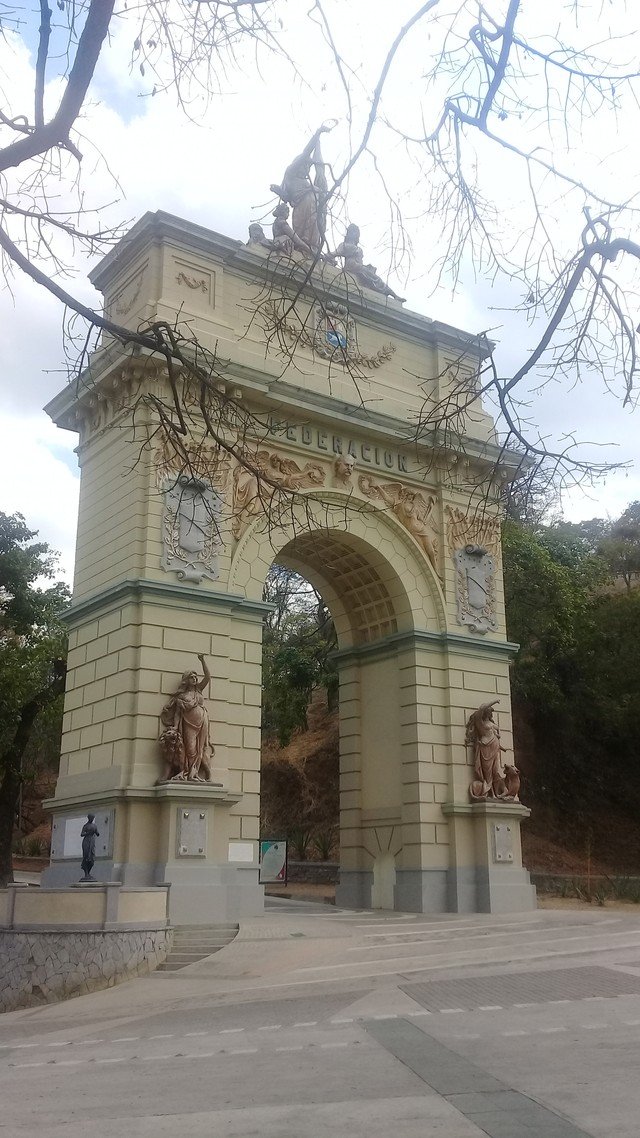
It was until July 25, 1567 that Caracas was founded, after they managed to defeat the Caracas Indians in battle. The Spanish Diego de Lozada, burned alive the Cacique Guaicaipuro inside his hut.
The heroic Cacique Guaicaipuro has been symbolically placed in the national pantheon, along with the remains of the other patriots in recognition of the original struggle against the Spanish invasion.
Thus Caracas, the city of red roofs, was born, the city was planted around a main square following the traditional Spanish grid, 300 years passed where the Spanish colonization enjoyed and exploited our wealth.
This colonization brought with it death and destruction, not only did they enslave our native Indians but they also brought Africans who called them black slaves, there it begins. The journey of Venezuela as a nation.
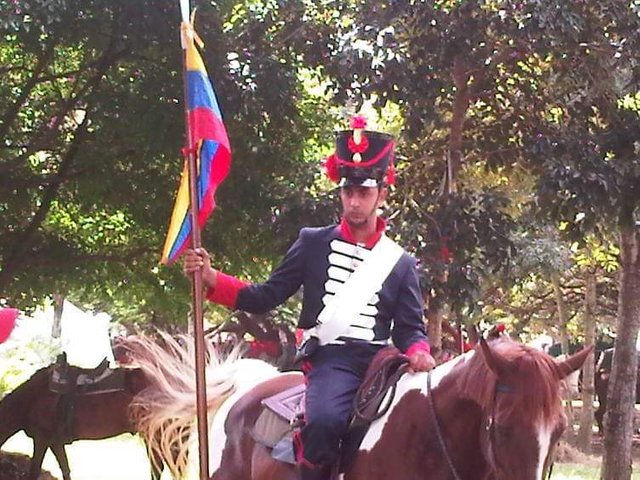
It was until April 19, 1810 that the disobedience began, with the dismissal of Vicente Emparan, who was the Captain General of the Republic, representative of the Spanish crown. Empara was dismissed by the Cabildo of Caracas, thus giving way to the creation of the Supreme Junta of Caracas, the first form of autonomous government, signing the act of separation of Venezuela from the Spanish Crown.
All these acts were led by the matuanos, white creoles who were of Spanish descent, born in American territories, were also called great cocoa, as they became rich by the cultivation and marketing of cocoa.
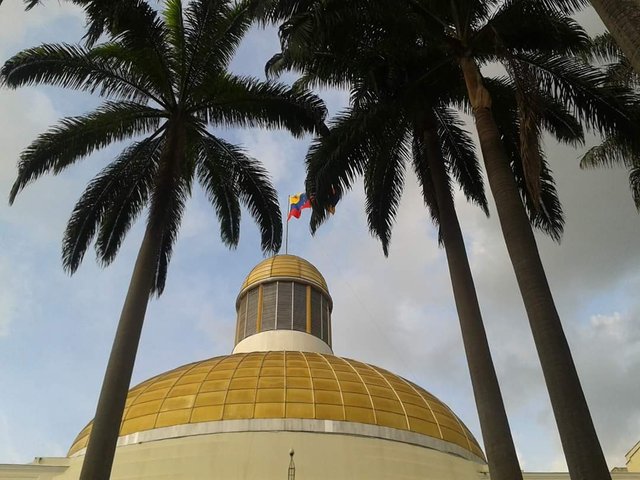
Previously, the Spanish crown had been shaken in 1797, led by Manuel Gua and José María España, which took place between Caracas and La Guaira, where they spoke of a revolutionary and egalitarian democratic and republican project with a view to the rest of the continent, where the idea of the great Colombia was born. The majority of the social sectors identified with this movement, except for those of the Mantua, since among its ideas was the proclamation of the rights for the elimination of social classes, liberty, fraternity, equality and property.
In 1806 General Francisco de Miranda tried to free Venezuela in an expedition from New York. He had three ships and most of the crew were American soldiers and officers, who tried to disembark in Ocumare from the coast but the Spanish ships prevented them.
The signing of the act of independence was on July 5, 1811, when the war for independence began. The great hero of this feat was a man from Caracas, Simon Bolivar, father of the liberators of America. Between 1819 and 1830 he liberated Ecuador, Bolivia, Peru, Colombia and Venezuela, a total of five countries of the Spanish crown.
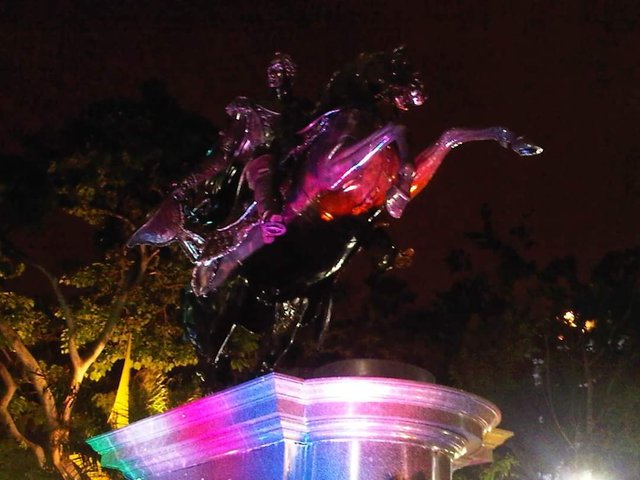
Independence did not bring peace to the country but rather a long period of civil wars.
In the 1930's only 130,000 people lived in Caracas, oil changed everything, the rural population moved to the capital to participate in the new wealth, and the chaotic neighborhoods that we know today and that surround the city began to form.
After the war in Europe, thousands of migrants came in search of a new life, most of them in the capital. By the middle of the 20th century, Caracas had 1,000,000 people, with a very accelerated growth. This led to the addition of neighboring cities calling it the Great Caracas.
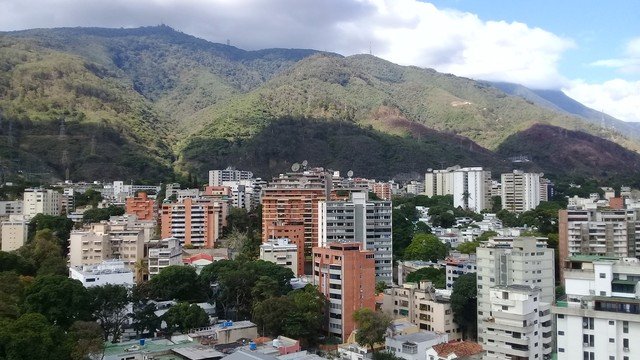
Between the 50's, 60's and 70's it grew rapidly, putting itself on a par with other big cities with the construction of highways such as the Francisco Fajardo that connects the whole city from Catia to Petare, as well as the Boyaca that is on the slopes of the Avila hill at 1000 meters of altitude, both of which cross Caracas from one end to the other.
It is also inaugurated the Teleferico de Caracas and the Hotel Humboldt, the first seven star hotel built at 2100 meters above sea level with 19 floors and 70 rooms.
Simón Bolívar Towers, 2 towers a complex that includes tunnels that connect the center of the city, passages with commercial premises and in the middle the Gran Plaza
Below them is also the central urban transport system of Caracas called Rio Tuy, these towers are more than 100 meters high and 32 floors, is located in the center of the capital.
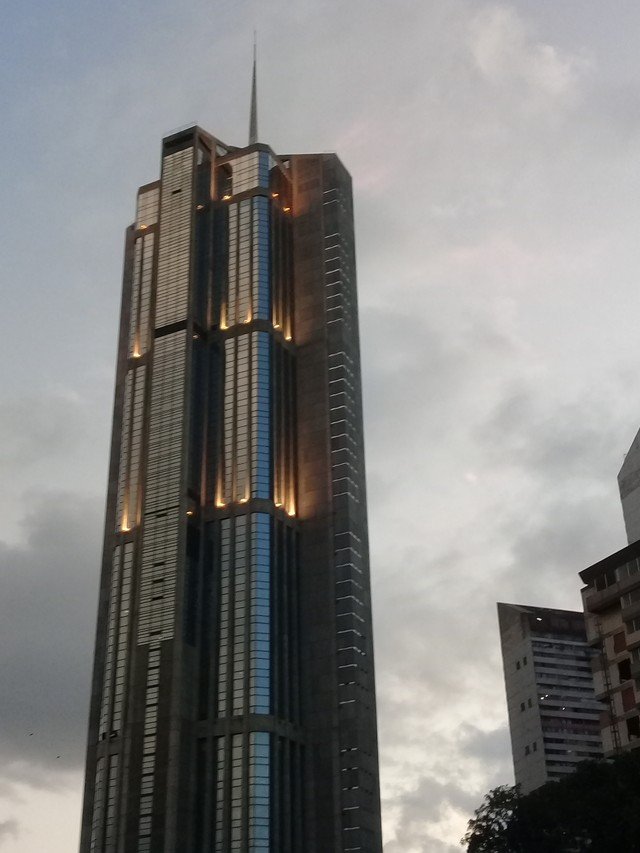
Central Park complex of
8 residential towers and 2 office towers, the emblem of the city. These towers were in their time the highest in Latin America with their 225 mt of height.
University City of the UCV- Universidad Central de Venezuela declared as world heritage by the UNESCO in the year 2000
Metro de Caracas opens the underground transport system which is still the most important that currently has 5 lines and other urban lines with the metro bus system and metro cable and cable train unified with the national railway line.
The Teresa Carreño Theater with its beautiful and emblematic architecture is still the most important theater in Venezuela and Latin America.
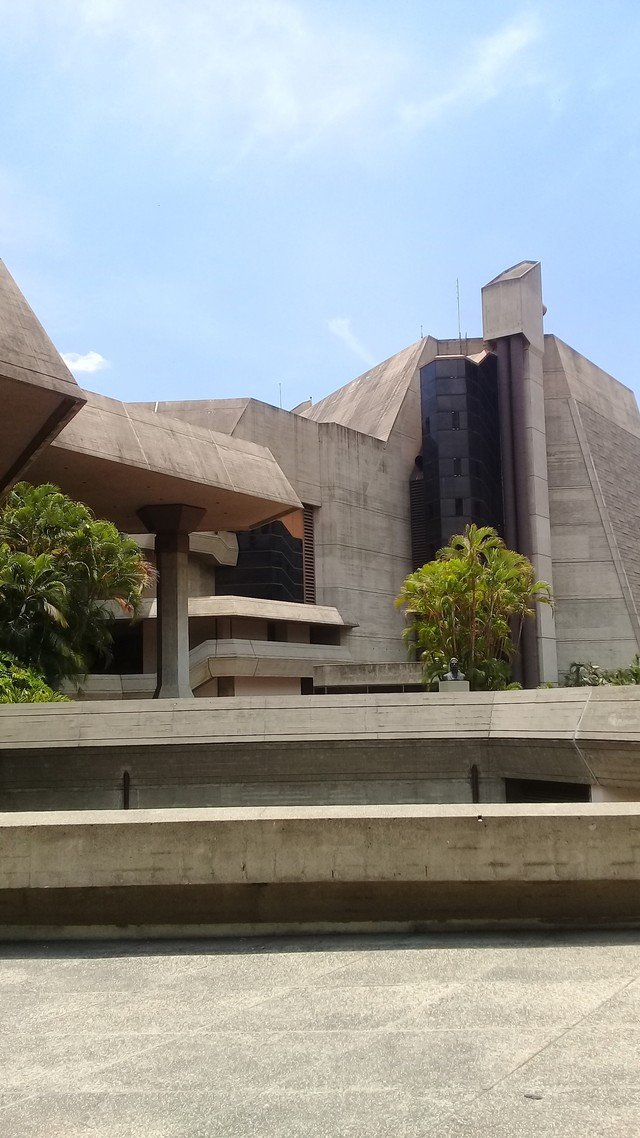
The city is full of architectural nuances, cultural mixtures and natural beauty in the midst of its chaos.
I hope you enjoy this little story of my beloved Caracas, which little by little I will show you in my next post, along with the talent of its people.
Thanks for reading
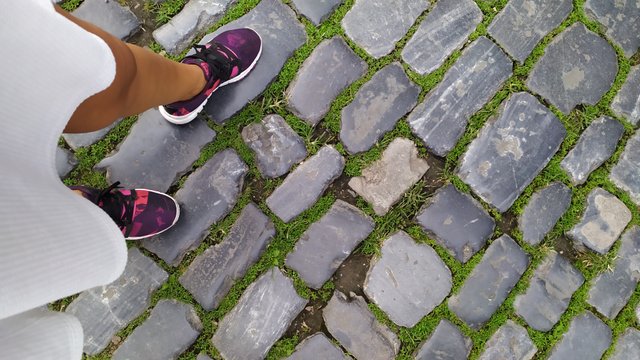
It was great to learn a bit of history about your hometown
This post has been appreciated and featured in daily quality content rewards. Keep up the good work
Thank you! I intend to convey in what I write the essence of what I feel. Your motivation is important to me since I am starting at Steemit
That is a powerful story regarding independence.
Si, lo es hay mucho que contar sobre Venezuela , gracias por leer 💻☕😃
nice
Congratulations, your post has been upvoted by @dsc-r2cornell, which is the curating account for @R2cornell's Discord Community.
Greetings @R2cornell @blessed-girl thank you account @dsc-r2cornell for joining me on this journey as steemians 😁
Wonderful first entry, good work & steem on! :)
Super happy with the responsiveness and support of the community 😊 Thank you @manncpt
You are welcome. ;)
Congratulations @cvnuitter! You have completed the following achievement on the Steem blockchain and have been rewarded with new badge(s) :
You can view your badges on your Steem Board and compare to others on the Steem Ranking
If you no longer want to receive notifications, reply to this comment with the word
STOPTo support your work, I also upvoted your post!
Vote for @Steemitboard as a witness to get one more award and increased upvotes!
Thank you @appreciator @rc2cornell for your constant feedback on my publications